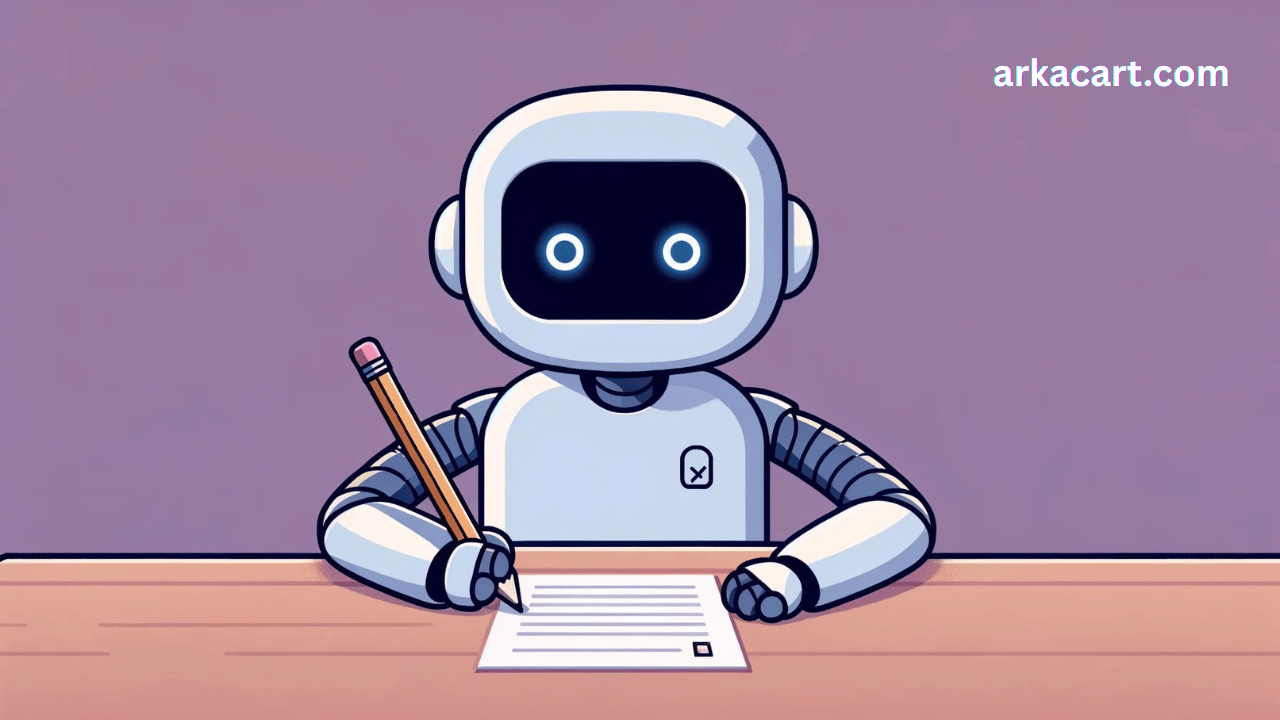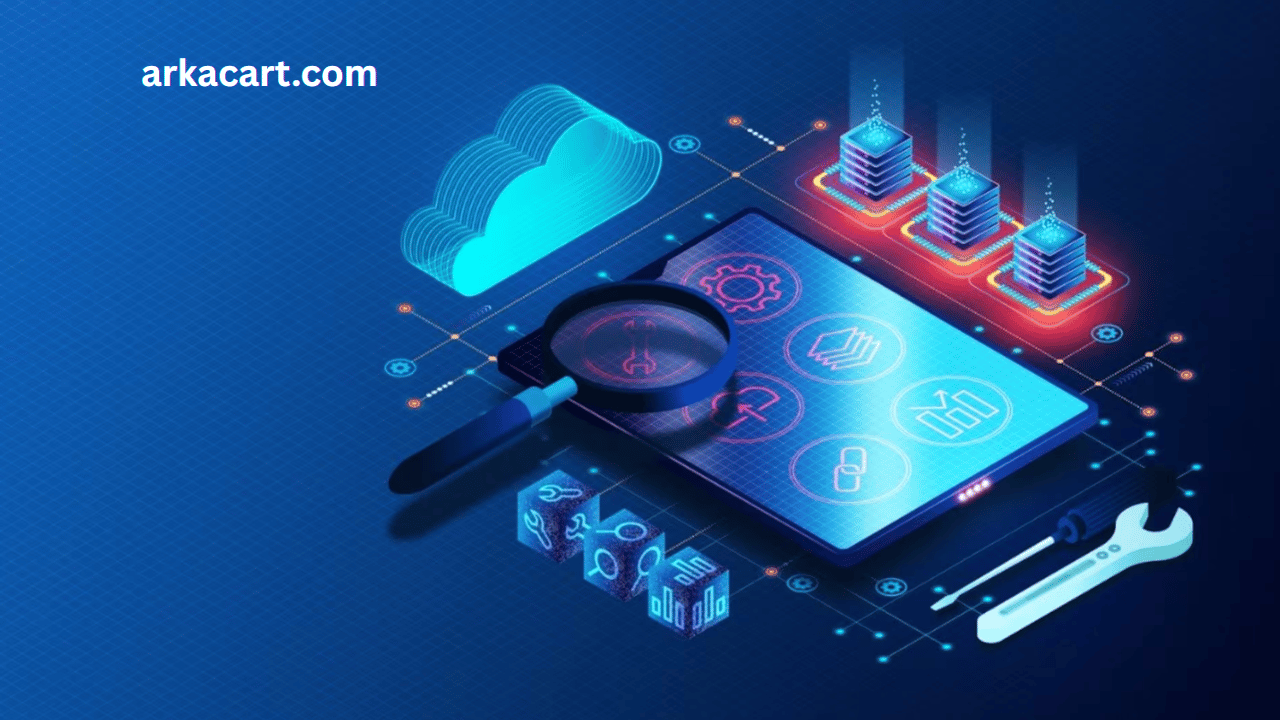Agent-to-Agent Testing: Implementing Contract Tests for Cross-Agent Reliability

The rapid evolution of distributed systems and AI-driven applications has ushered in new requirements for validating integration reliability. The traditional approach of validating interfaces and service-level agreements often falls short when independent software agents must communicate independently of one another in constantly changing execution contexts. By shifting to agent to agent testing, we can test the contracts and behaviors and ensure reliability between autonomous agents through a structured method and accomplish it with the understanding that agents are now operating concurrently across heterogeneous contexts. This approach goes beyond static API validations and emphasizes the enforcement of behavioral expectations between agents that adjust their strategies during runtime.
The Context of Autonomous Agents in Distributed Systems
Modern distributed environments leverage autonomous agents, which are software that can, without human intervention, detect signals, make decisions and take actions. Autonomous agents could represent services in a microservice deployment, trained models running in parallel, or robotic nodes participating in cyber-physical systems. Each agent works with its own local objectives but may rely on coordination with others to meet broader outcomes at a system level. This interdependence defines the need for testing approaches that can test not only structural compatibility but also behavioral compatibility.
Because agents adapt to their environment, traditional integration testing quickly reaches its limits. Unit tests ensure logical correctness, and system tests validate end-to-end flows, but these methods overlook the subtle problems that emerge when autonomous entities must collaborate. To address such complexity, contracts between agents needs to be validated continuously, ensuring expected behavior persists under evolving conditions.
Understanding Contracts in Agent-to-Agent Interaction
In the realm of autonomous agents, a contract is more than a specification of message structures—it is a detailed definition of how one agent expects another to act. Contracts can describe:
- Message formats: Schema requirements, type definitions and serialization rules.
- Interaction patterns: Request-response, publish-subscribe, or multi-phase workflows.
- Timing constraints: Latency thresholds, deadlines and retry mechanisms.
- Behavioural guarantees: State transitions, failure handling and fallback sequences.
Unlike conventional APIs, these contracts cannot remain static. Adaptive learning agents may adjust policies or may modify routing logic, requiring contracts that evolve alongside system behavior. This dynamism calls for testing approaches that can accommodate partial observability, probabilistic decisions and continuous iteration.
Why Traditional Testing Breaks Down
Most integration tests assume fixed inputs and deterministic outputs. With agents, outcomes may vary due to prior learning states, probabilistic inference, or external noise. Consider two reinforcement learning agents negotiating resource allocation: their actions will differ depending on prior episodes and system context. Rigid test assertions create fragile pipelines and produce misleading results in such scenarios.
Adding to the complexity, many agents interact through decentralized protocols instead of central endpoints. Failures may not manifest within a single service but only through emergent interactions among several agents. Conventional tests that focus on direct service boundaries often miss these deeper reliability concerns, highlighting the importance of contract testing designed specifically for multi-agent coordination.
Contract Testing for Cross-Agent Reliability
To strengthen agent collaboration, contract testing must validate multiple layers:
Schema-Level Validation
This ensures that messages exchanged follow specified formats. Protocol Buffers, Avro, and JSON schemas are formats that ensure type safety and support version management. Validating at this level avoids issues of structural mismatches that can inhibit the means of communication.
Semantic-Level Validation
Here, meaning matters as much as structure. A response may conform to the expected schema yet still violate logical expectations. For example, an agent might request additional processing units, and the reply could return a valid JSON object but with negative or nonexistent resources.
Such cases pass syntactic checks but fail semantic validation. Detecting these errors requires context-sensitive testing that accounts for domain-specific rules, often supported by simulated environments capable of reproducing realistic operating conditions.
Behavioral-Level Validation
Behavioural checks confirm whether contractual guarantees are preserved. These include expected state machine transitions, error recovery routines and resilience under repeated interactions. Temporal logic assertions, formal modelling and runtime monitors often provide the required rigour at this level.
By layering these checks, contract tests evolve from verifying data compatibility to ensuring sustained behavioural reliability across distributed conditions.
Continuous Testing in Multi-Agent Environments
The adaptive nature of agents makes continuous testing indispensable. Instead of relying solely on integration tests during deployment, contract tests must execute in ongoing cycles. Such an approach enables validation against shifting model policies, fluctuating network conditions and dynamically evolving decision-making.
Containerized isolated environments and orchestrated nodes offer controlled environments where multiple agents can be deployed, stressed and observed under realistic load. These environments allow contracts to be tested against real-world failure modes and complex interaction paths.
LambdaTest’s Agent-to-Agent Testing transforms how AI systems are validated by letting autonomous agents test each other. It eliminates manual test authoring, generates diverse conversational flows, and benchmarks performance in real time to help teams ship safer, smarter, and more trustworthy AI models faster.
Features:
- AI-generated test coverage: Automatically builds complex dialogue tests without manual scripting.
- Performance dashboards: Displays real-time scoring for accuracy, bias, and contextual understanding.
- Voice and chat validation: Evaluates spoken or written responses across multiple conversational modes.
- Version regression tracking: Detects performance drifts between model iterations.
Observability as a Foundation for Agent Contracts
Because many agents employ opaque reasoning or machine-learned policies, observability provides the ground truth for validation. Logs, traces and telemetry data allow engineers to determine whether contracts are respected during execution.
Key elements include:
- Event correlation: Linking identifiers across boundaries to trace interactions end-to-end.
- State transition visibility: Capturing changes in internal states relevant to contractual guarantees.
- Anomaly tracking: Identifying and alerting deviations from expected sequences in real time.
These insights serve as the basis for contract assertions and accelerate resolution when unexpected behaviors arise.
Fault Injection and Resilience Validation
Reliability also requires validation under degraded conditions. Fault injection introduces message loss, artificial latency, or node failures to confirm whether contractual fallbacks operate correctly. For example, if a certain agent does not reply within an established timeframe, the contract tests must verify that the requesting agent moves into a specified recovery state.
Using concepts from chaos engineering, multi-agent systems can undergo stress-testing through managed disruptions to confirm their resilience. This ensures contractual reliability extends to real-world operating conditions rather than remaining confined to ideal laboratory settings.
Role of Automation in Agent-to-Agent Testing
The scale of modern multi-agent systems makes manual validation impractical. Automated pipelines provision environments, execute schema checks and run behavioral simulations with minimal human intervention. The integration of automation AI tools further enhances these pipelines by generating diverse test cases automatically. These tools analyse past interactions to infer edge cases, expanding coverage without requiring additional engineering effort.
Real-time anomaly detection powered by automated monitoring complements this process, allowing contract violations to be flagged immediately. Adaptive regression tests ensure that updated models or modified routing logic do not silently break existing contracts. Together, automation and AI-driven tools form the foundation of sustainable multi-agent testing practices.
Formal Methods for Contract Specification
Specifications must be clear enough to produce verifiable contracts. Formal methods—e.g., linear temporal logic, process algebras or Petri nets—translate behavioural guarantees into precise mathematical terms. For example, the specification “if agent A requests resource X, then agent B must eventually allocate Y within T units of time” can now be stated precisely and verified automatically.
Model checkers explore possible state spaces, flagging transitions where contracts could fail. Although computationally demanding, this approach delivers high assurance, particularly in critical systems such as autonomous transport networks or distributed sensor arrays.
Security Dimensions of Cross-Agent Contracts
Contracts are not solely functional. They must also embed security expectations to preserve integrity. Encryption, authentication and requirements need to be enforced within the same validation framework. Testing guarantees that any unauthorized or malformed messages are reliably rejected.
In zero-trust architectures, all agents treat each other as potentially untrusted entities until cryptographic substantiation indicates otherwise. Security-related contract testing considers these security issues directly in the testing pipeline, meaning reliability should also be attained to the point of confidentiality and integrity.
Performance and Scalability Considerations
Being functional isn’t enough; there also needs to be assurance of performance. The contract may say something like, an agent must handle a specified number of concurrent requests and maintain response latency below a certain threshold (for example, 200 milliseconds) at all times. Performance must be tested through resilience and load testing of both the individual agents and the greater cluster to reassure that the specified thresholds are met, regardless of conditions.
Scalability testing extends performance validation further by examining how additional agents impact throughput, latency, and stability when integrated into the broader system. By embedding these performance validations into the contract testing framework, reliability is no longer limited to functional correctness but also includes measurable service quality under realistic demand patterns.
Challenges and Future Directions
Several challenges persist despite progress in agent-to-agent testing:
- Dynamic evolution of contracts as learning agents adapt over time.
- Limited observability when internal states remain opaque.
- Probabilistic outputs that complicate deterministic validation.
- Resource overheads required to execute complex, distributed testbeds.
Future directions include adaptive contracts negotiated dynamically, agents embedding self-testing logic and symbolic reasoning combined with reinforcement learning to enable autonomous testing agents. These trends indicate increasingly sophisticated frameworks that continue to validate contracts as the systems change.
Conclusion
Agent-to-agent testing is critical in distributed, AI-driven ecosystems where autonomous agents must collaborate under uncertain and dynamic conditions. By implementing contract tests across schema, semantics and behaviour, engineers can ensure reliability across diverse contexts. With continuous validation, rich observability, automated pipelines and formal specifications, testing frameworks provide the necessary rigour for complex multi-agent environments. As these systems expand, contract testing will remain central to ensuring that cross-agent reliability is consistently maintained.


